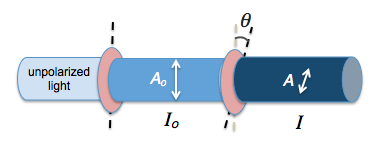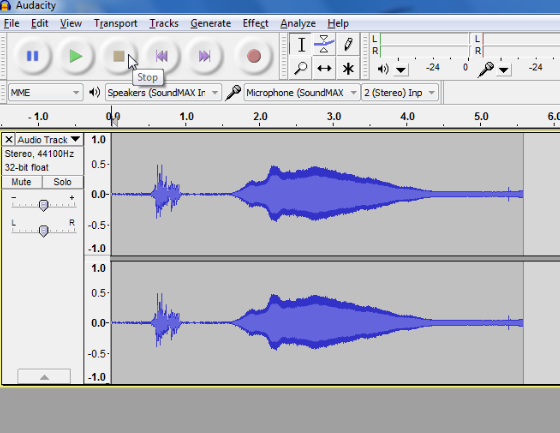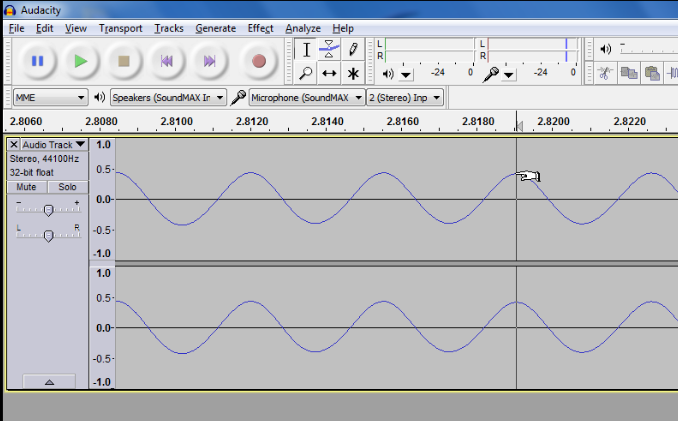In what seems like a counter-intuitive demonstration, we can place a polarizing filter in between two other filters which do not transmit light in order to cause light to pass through again.
This is because each filter will permit the components of electric field vectors of the electromagnetic waves that are parallel to its axis of polarization according to the equation $$A = A_o \cos{\theta}$$ where $A_o$ is the original amplitude of the unpolarized wave incident on the filter and $\theta$ is the angle between the electric field vector and the axis of polarization. Each time the wave passes through a filter, it undergoes a reduction in amplitude according to the equation so that by the third filter, its resultant amplitude is
$$A = A_o \cos{\theta_1} \cos{\theta_2}$$
where $\theta_i$ is the angle between the axis of polarization of the ith filter and the electric field vector direction of the incident light on the ith filter.
According to Malus’ law, the intensity of the light that passes through these two filters is given by
$$I=I_o\cos^2\theta$$
where I0 is the initial intensity and θ is the angle between the light’s initial polarization direction and the axis of the polarizer.
The resulting intensity for light that passes through 3 filters is given by
$$I=I_o \cos^2{\theta_1}\cos^2{\theta_2}$$
where $\theta_1$ is the angle between the axes of the first and second filters and $theta_2$ is the angle between the axes of the second and third filters.


